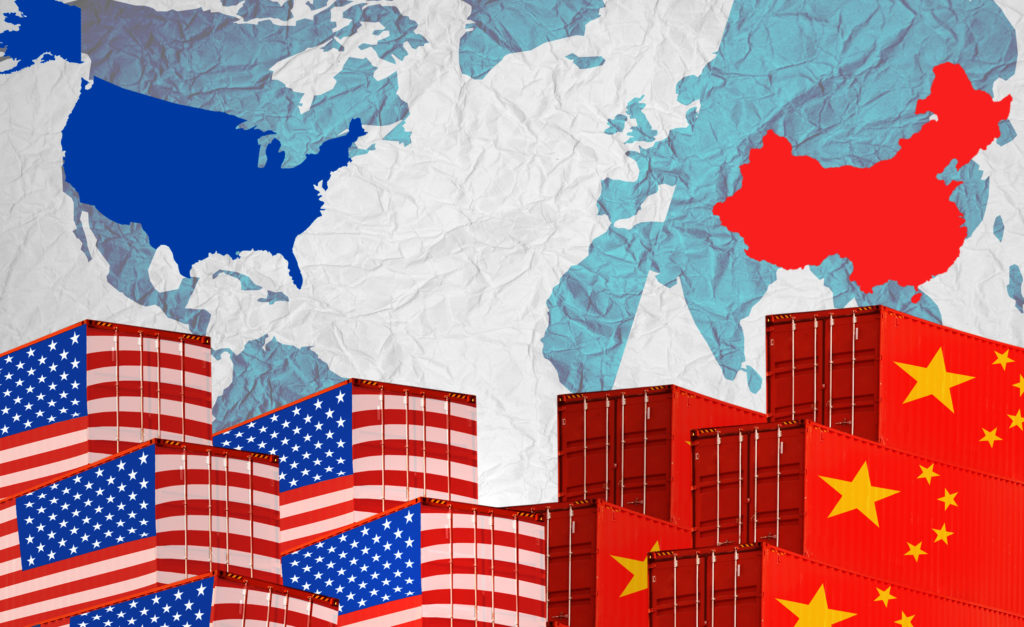The US farming industry is stuck in the middle of yet another trade war between China and the US, as the world’s two biggest economies struggle to find common ground in a battle over agricultural goods.
President Trump announced he would tax China’s remaining imports of $300 billion dollars into the US with a 10 percent tariff starting September 1st. The recent tariff came after Trump claimed Bejing failed to meet its promise of buying large quantities of US agriculture products.
Four days after the announcement, China retaliated by suspending all US agricultural imports into their country and further threated to enforce additional tariffs on US agriculture products in the future.
China also let the yuan weaken to its lowest point in over a decade, making Chinese exports cheaper to buy with foreign currency. Trump claims the country is using currency manipulation as a tactic to countervail the impact of US tariffs on Chinese imports.
China’s cut to US agricultural imports is fueling financial turmoil for the American farming community, whose economy continues to deal with the repercussions of ongoing trade wars.
“In the last 18 months alone, farm and ranch families have dealt with plunging commodity prices, awful weather and tariffs higher than we have seen in decades,” states American Farm Bureau Federation president Zippy Duvall.
According to the American Farm Bureau, in 2017 the US agricultural industry exported $19.5 billion dollars worth of agriculture products to China. After tariffs were applied in 2018, US agriculture exports decreased to $9.1 billion and further declined by 1.3 billion in the first half of 2019. The rapid loss of US farm exports to China has mostly targeted farmers tending to soybeans, wheat, dairy, and hog.
To help combat the lost revenue, the USDA has provided the farming community with billions of dollars in financial aid through their Market Facilitation Program. In addition, the Trump administration announced in July it would supply US farmers affected by the trade war with an extra $16 billion.
“We are grateful for Market Facilitation Program payments many farmers and ranchers have received, allowing them to continue farming during this difficult time,” Duvall said. “Even so, we know that aid cannot last forever. We urge negotiators to redouble their efforts to arrive at an agreement, and quickly.
As of now, the US farming community continues to face uncertainty as tension between the two countries shows no clear sign of reconciliation. With 14 months left until the 2020 presidential election, the Trump administration will need to find a better solution than trade aid if it wants to resonate well with its rural riding. In the meantime, consumer and food manufacturers can expect to spend less on food products that were meant to be transported to China, but the reduced prices could be short-lived if the US finds another country to export its agricultural goods to.












Join or login to leave a comment
JOIN LOGIN